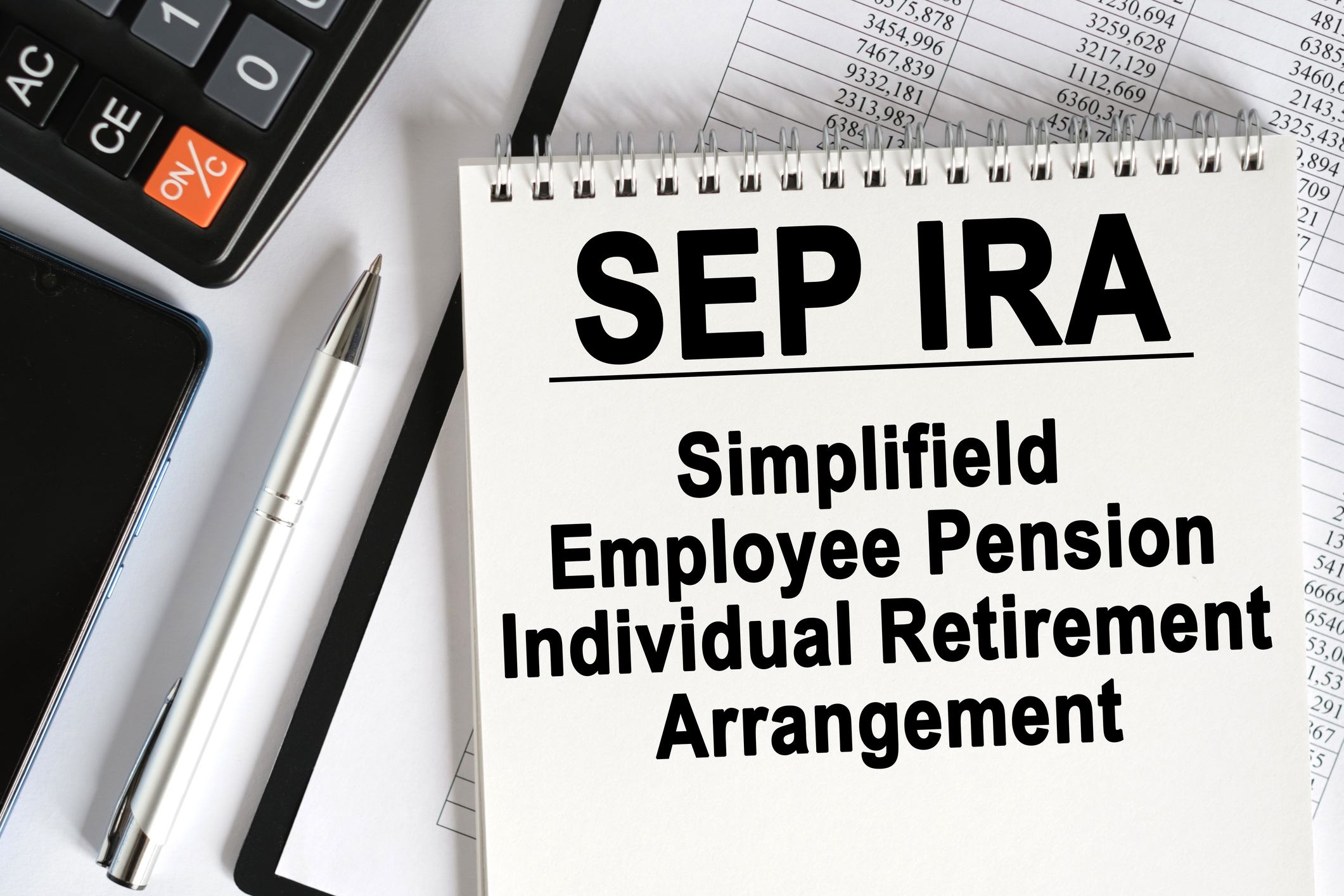A Break on Inherited IRAs Could Disappear
Congress takes aim at the so-called stretch IRA.


The SECURE Act recently passed by the U.S. House of Representatives is full of retiree-friendly provisions. But one is irking a number retirees who were hoping to pass on money accumulated in an IRA to their heirs: the end of the “stretch IRA.”
This estate-planning tool allows non-spouse heirs to inherit an IRA and “stretch” withdrawals over their life expectancy—meaning that they could leave much of the money in the account to grow tax-deferred for decades. (If it’s a traditional IRA, they’ll pay taxes on the withdrawals; if it’s a Roth, they’ll pay no taxes.)
But under the SECURE Act, most younger heirs would have to withdraw the money within 10 years. Lawmakers seemed to believe that IRAs are supposed to be used for retirement, not as estate-planning vehicles, says Ed Slott, founder of IRAHelp.com. “But changing the rules of the game is not fair to savers.”
From just $107.88 $24.99 for Kiplinger Personal Finance
Become a smarter, better informed investor. Subscribe from just $107.88 $24.99, plus get up to 4 Special Issues

Sign up for Kiplinger’s Free Newsletters
Profit and prosper with the best of expert advice on investing, taxes, retirement, personal finance and more - straight to your e-mail.
Profit and prosper with the best of expert advice - straight to your e-mail.
Many IRA owners agree. “Nonspousal beneficiaries will be denied the benefit of long-term growth opportunities in their inheritance,” observed Don Burrell, a retiree from Rochester, N.Y., in an e-mail to Kiplinger’s, “thus reducing the ability to fund their retirement, ironically one of the key objectives of the Act.” His daughter may inherit an IRA someday.
The Senate was expected to pass the bill shortly after the House, but the timing is now uncertain. If it’s signed into law, the new rule would affect heirs who inherit IRAs starting next year—not those currently drawing from stretch IRAs.
Besides spouses, the SECURE Act exempts heirs from the 10-year rule as long as they are no more than 10 years younger than the account owner, as well as minor children and those who are chronically ill or disabled. Once minors reach the age of majority—usually 18—the 10-year countdown kicks in.
If the provision becomes law, there are other ways to reduce taxes on an inherited IRA. Some strategies:
Switch to life insurance. Money can be gradually withdrawn from a traditional IRA at today’s lower tax rates and used to buy a permanent life insurance policy, whose death benefit won’t be taxable, Slott says.
Change beneficiaries. Instead of leaving an IRA to a younger beneficiary, you could leave it to a spouse, who is exempt from the 10-year rule. Or you could designate more than one beneficiary on a traditional IRA. The withdrawals for each will be smaller—and so will the tax bite.
Convert to a Roth. If future tax rates are expected to be higher for heirs, consider gradually converting money from a traditional IRA into a Roth. You’ll owe taxes on any untaxed earnings and contributions that are converted, but later withdrawals from the Roth won’t be taxed.
Use a charitable remainder trust. You could also leave a traditional IRA to a charitable remainder trust, which would pay a regular income to your beneficiary for life or a certain period. Once the beneficiary dies, the remaining money goes to the charity.
Profit and prosper with the best of Kiplinger's advice on investing, taxes, retirement, personal finance and much more. Delivered daily. Enter your email in the box and click Sign Me Up.

-
 AI Stocks Lead Nasdaq's 398-Point Nosedive: Stock Market Today
AI Stocks Lead Nasdaq's 398-Point Nosedive: Stock Market TodayThe major stock market indexes do not yet reflect the bullish tendencies of sector rotation and broadening participation.
-
 Top Tech Gifts to Grab at Walmart Before Christmas
Top Tech Gifts to Grab at Walmart Before ChristmasBig savings on Apple, Bose, HP, Vizio and more while there's still time to shop.
-
 AI Appliances Aren’t Exciting Buyers…Yet
AI Appliances Aren’t Exciting Buyers…YetThe Kiplinger Letter Artificial intelligence is being embedded into all sorts of appliances. Now sellers need to get customers to care about AI-powered laundry.
-
 457 Plan Contribution Limits for 2026
457 Plan Contribution Limits for 2026Retirement plans There are higher 457 plan contribution limits in 2026. That's good news for state and local government employees.
-
 Medicare Basics: 12 Things You Need to Know
Medicare Basics: 12 Things You Need to KnowMedicare There's Medicare Part A, Part B, Part D, Medigap plans, Medicare Advantage plans and so on. We sort out the confusion about signing up for Medicare — and much more.
-
 The Seven Worst Assets to Leave Your Kids or Grandkids
The Seven Worst Assets to Leave Your Kids or Grandkidsinheritance Leaving these assets to your loved ones may be more trouble than it’s worth. Here's how to avoid adding to their grief after you're gone.
-
 SEP IRA Contribution Limits for 2026
SEP IRA Contribution Limits for 2026SEP IRA A good option for small business owners, SEP IRAs allow individual annual contributions of as much as $70,000 in 2025, and up to $72,000 in 2026.
-
 Roth IRA Contribution Limits for 2026
Roth IRA Contribution Limits for 2026Roth IRAs Roth IRAs allow you to save for retirement with after-tax dollars while you're working, and then withdraw those contributions and earnings tax-free when you retire. Here's a look at 2026 limits and income-based phaseouts.
-
 SIMPLE IRA Contribution Limits for 2026
SIMPLE IRA Contribution Limits for 2026simple IRA For 2026, the SIMPLE IRA contribution limit rises to $17,000, with a $4,000 catch-up for those 50 and over, totaling $21,000.
-
 457 Contribution Limits for 2024
457 Contribution Limits for 2024retirement plans State and local government workers can contribute more to their 457 plans in 2024 than in 2023.
-
 Roth 401(k) Contribution Limits for 2026
Roth 401(k) Contribution Limits for 2026retirement plans The Roth 401(k) contribution limit for 2026 has increased, and workers who are 50 and older can save even more.